Research
Deep-learning-based least-squares migration
Leveraging learned iterative reconstruction for LSRTM of synthetic and real seismic data. 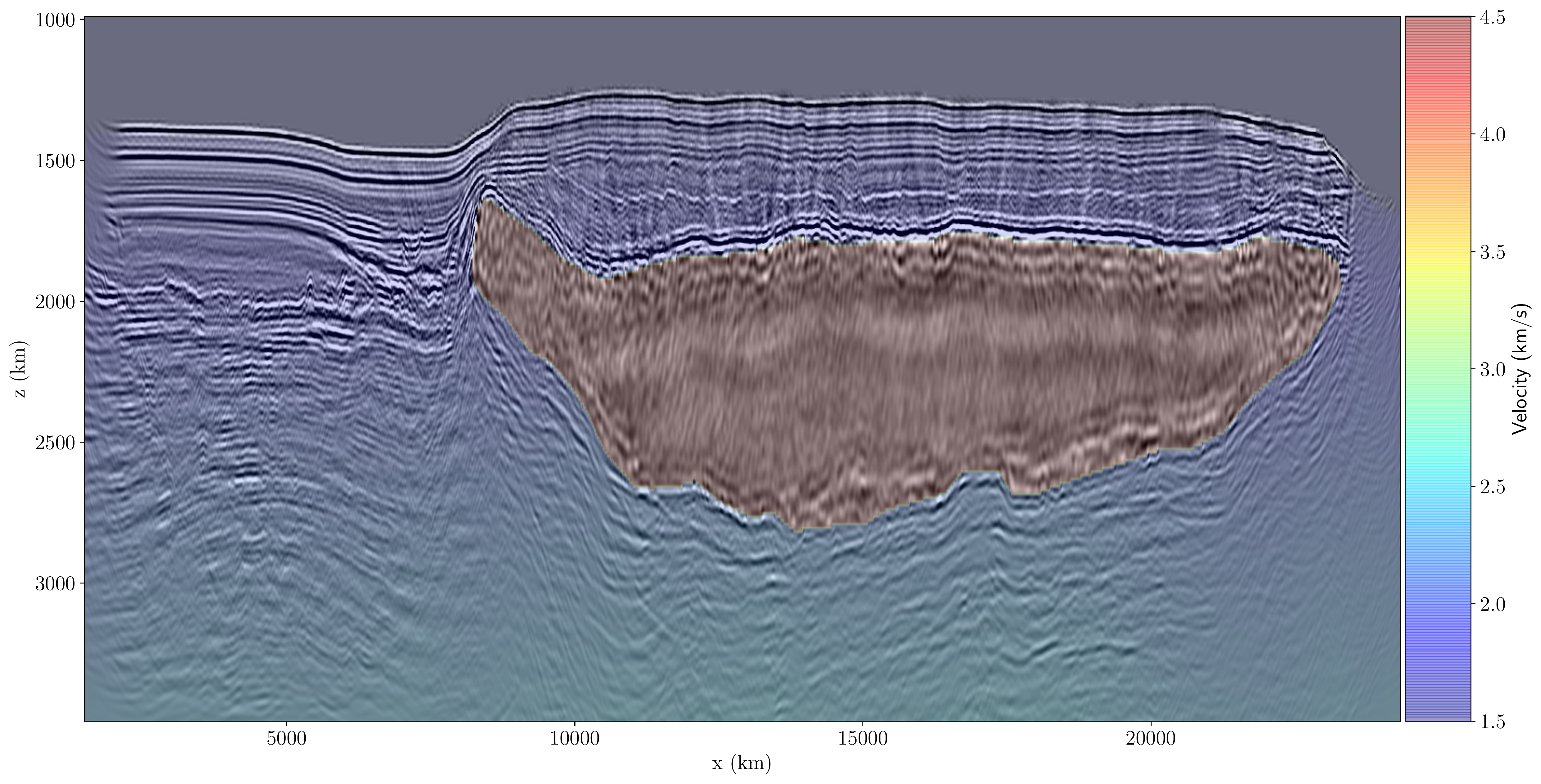
Seismic inversion with nullspace networks
Deep neural networks explore the null space of the forward operator, enabling data-consistent and uncertainty-aware high resolution reconstruction. Below is an example with real post-stack data.
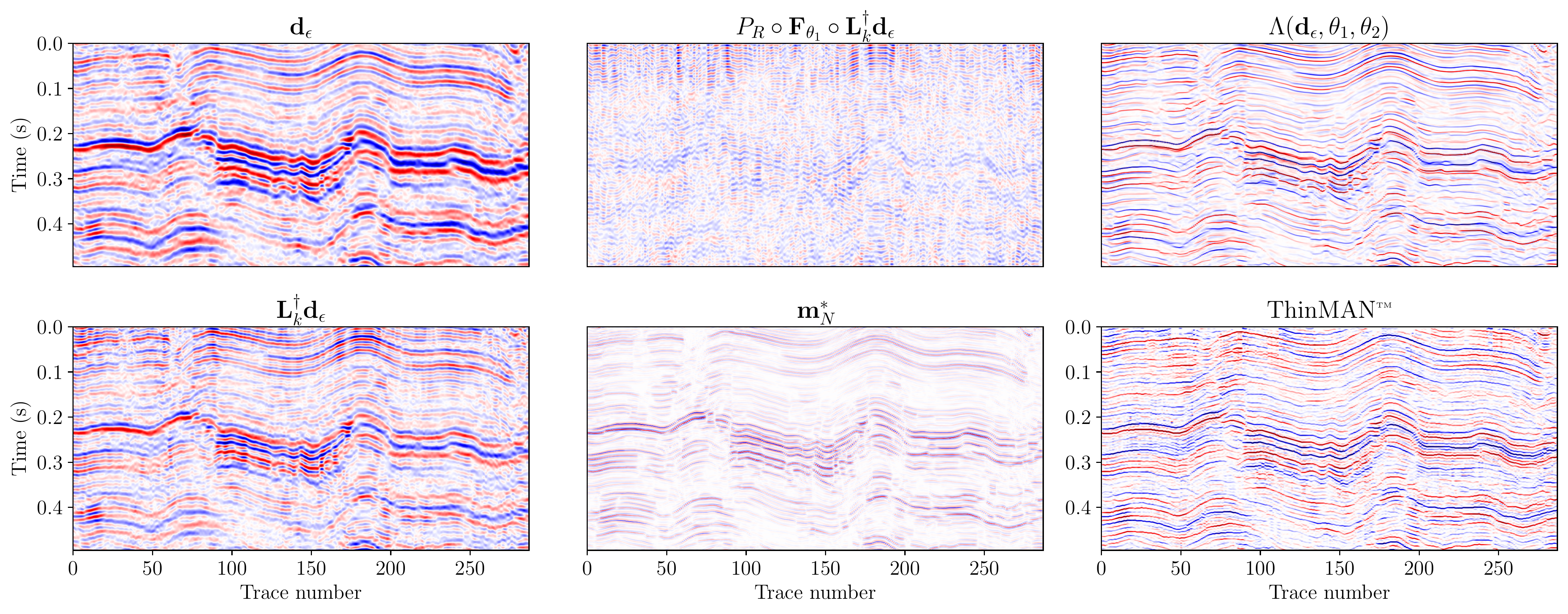
Sparse vector reflectivity FWLSRTM
I developed and showcased Sparse Full-wavefield LSRTM, which redefines the variable-density acoustic wave equation using vector reflectivity. This method efficiently captures a broader range of seismic events, ensuring a superior fit for complex datasets and delivering high-resolution outcomes via sparse pre-stack seismic inversion. 
Reflection waveform inversion
Special flavor of FWI that exploits the tenuous low-wavenumber 🐰 reflection kernel to recover a macro velicity model from reflection data.

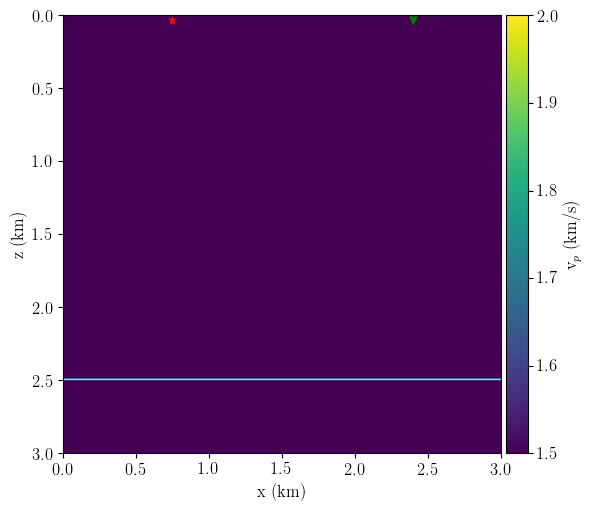
Imaging with Right and left deep-learning preconditioners
Accelerating seismimc imaging through deep neural networks trained from migrated and re-migrated data/models to avoid dependance on unavailable ground-truth labels while roughly approximating the inverse Hessian and data resolution matrices. 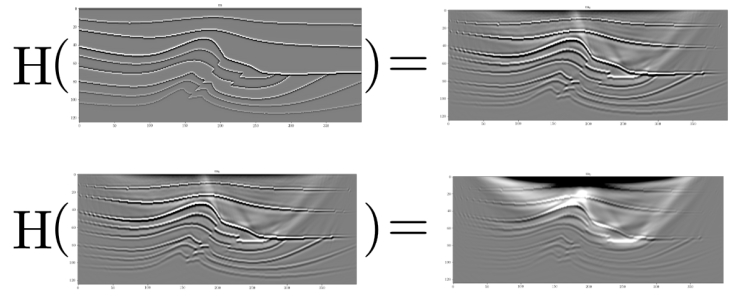
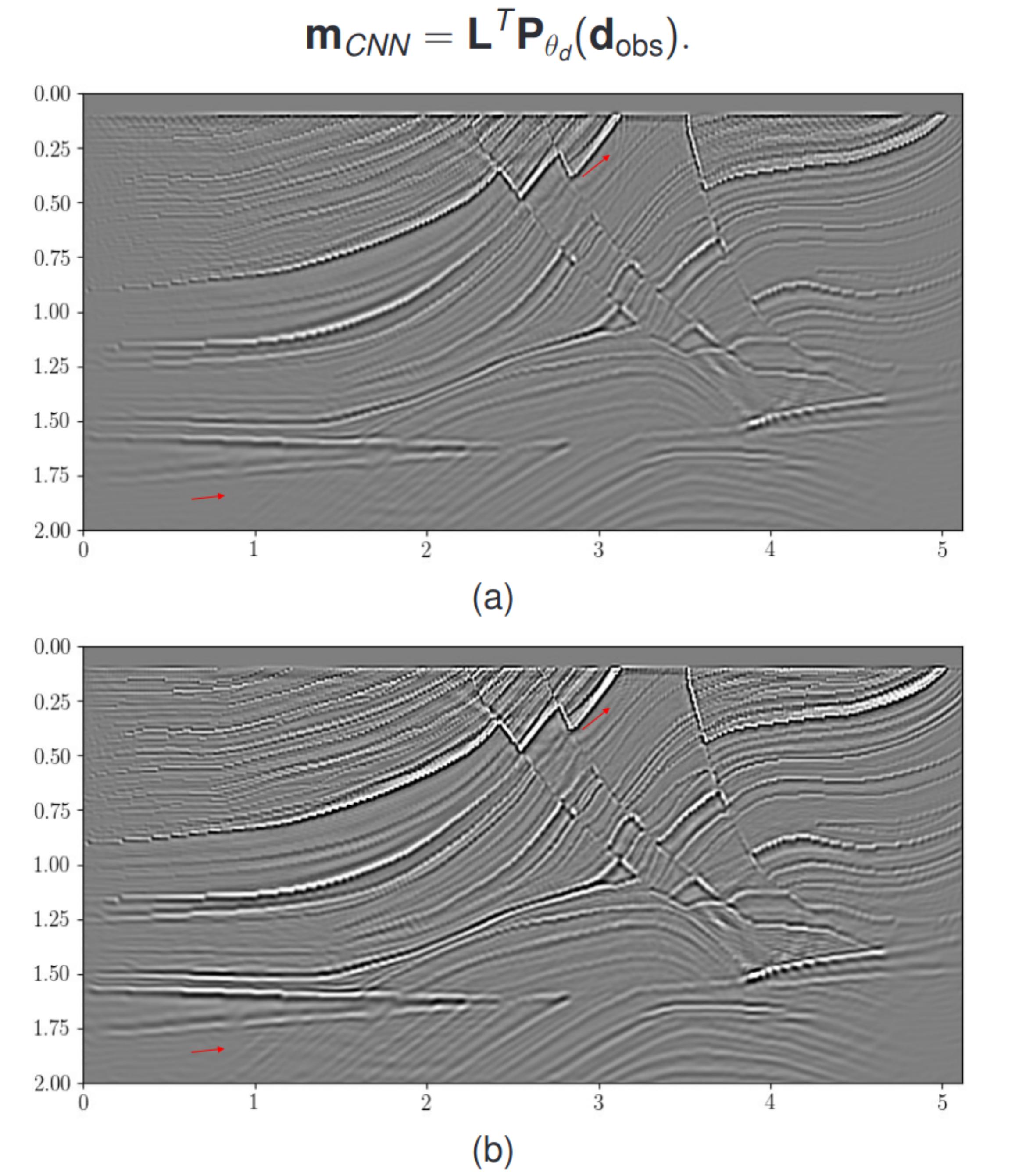
Extended-domain LSRTM
I developed a Python/Fortran package focused on extended-domain (e.g., subsurface-offset, angle, time-shift, shot and receiver) imaing and inversion.
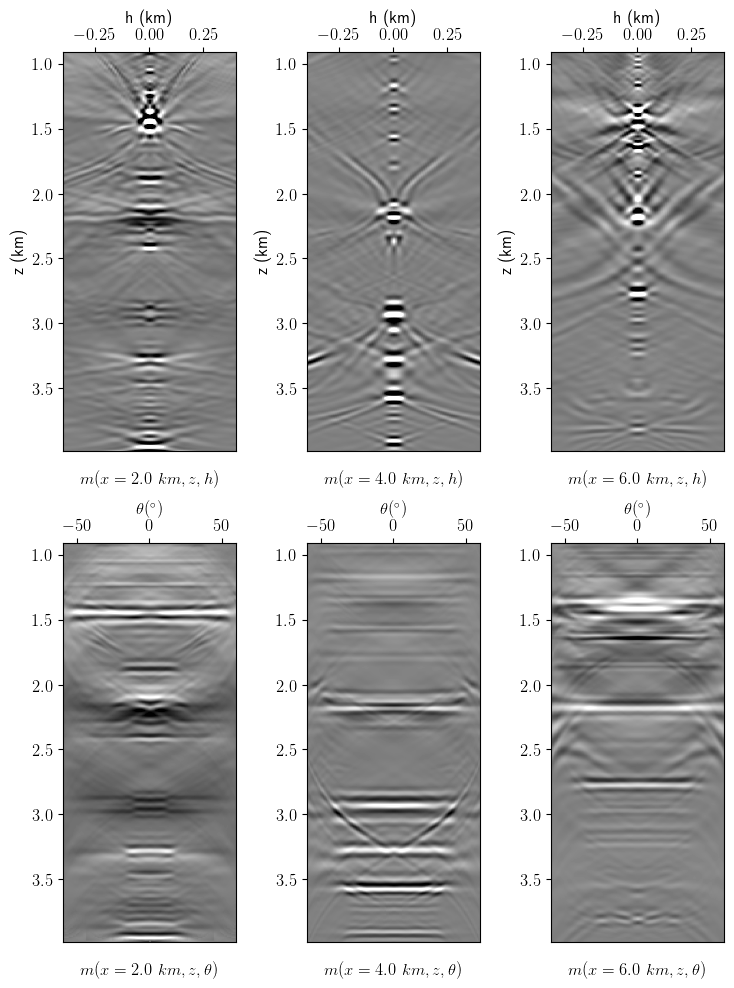
Plane-wave FD
Examples with acoustic and elastic media. Imaging/plane wave CIGs coming soon! 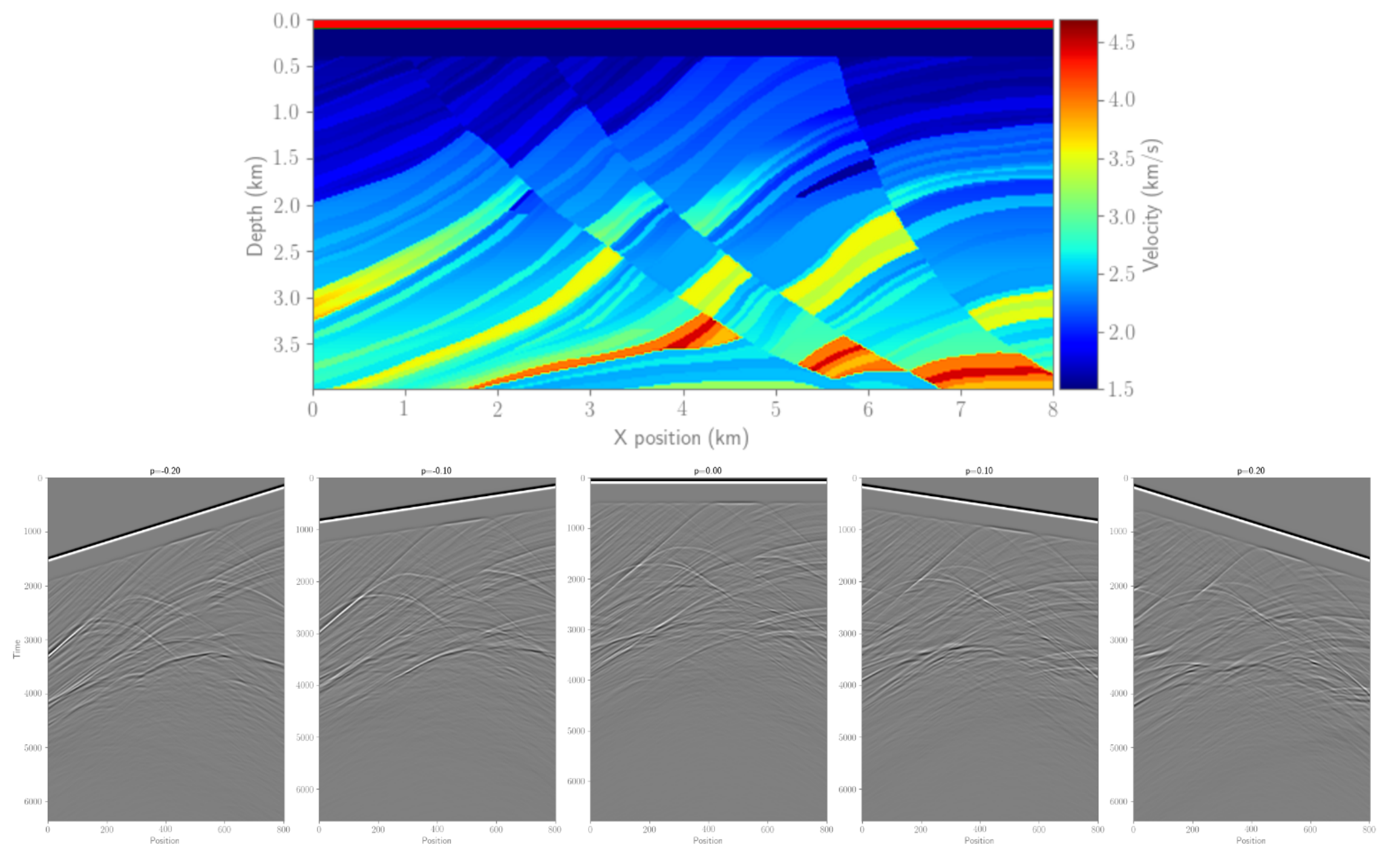
Reducing RTM artefacts via \(f-k\) domain wavefield decomposition
A simple implementation of frequency-wavenumber filtering to get rid of strong backscattering noise present in RTM sections.

PhD thesis
Seismic reflectivity inversion using deep learning and model-based methods. 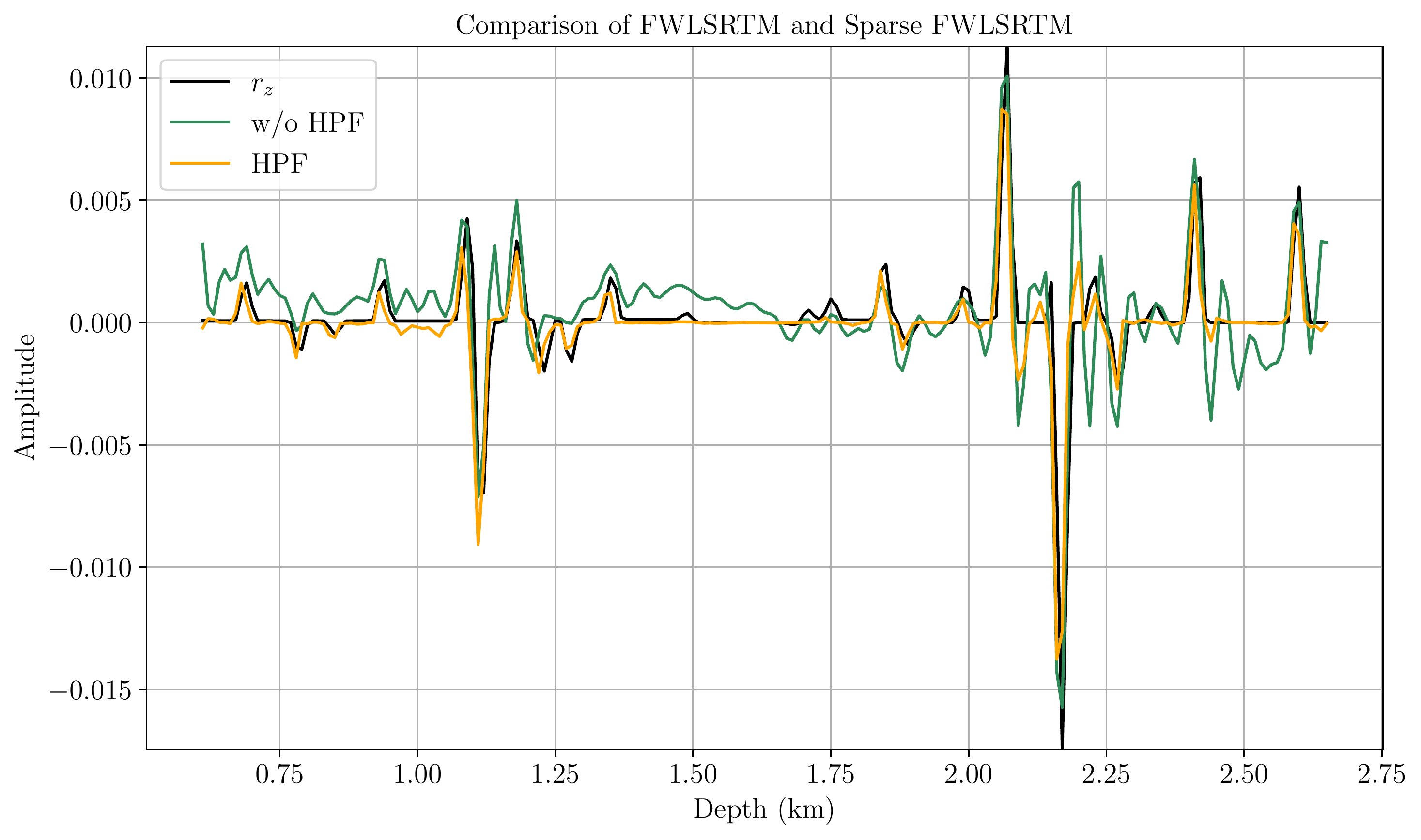
Master’s thesis (in Portuguese)
Least-squares migration and full-waveform inversion in the time domain via adjoint-state methods. 